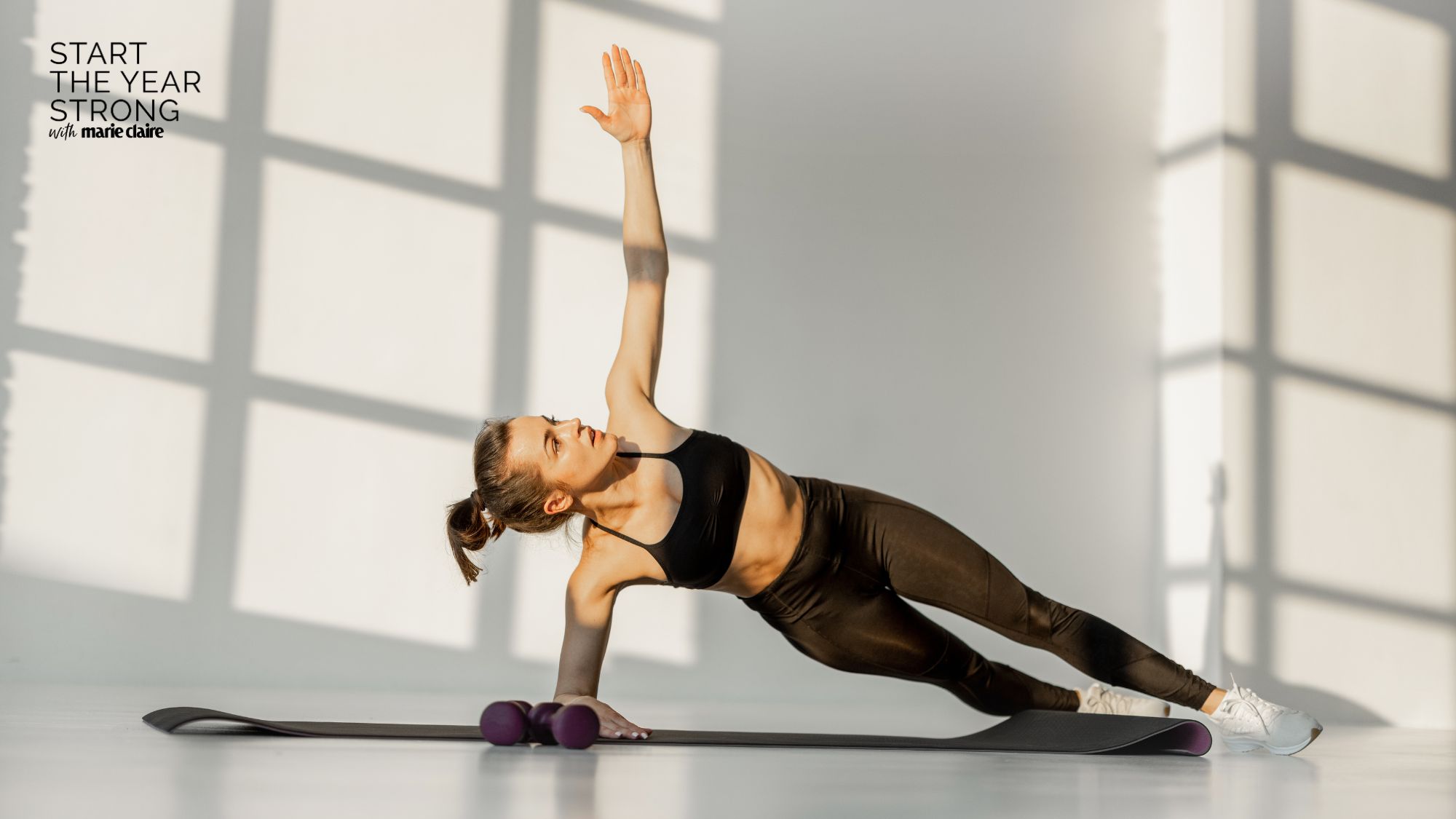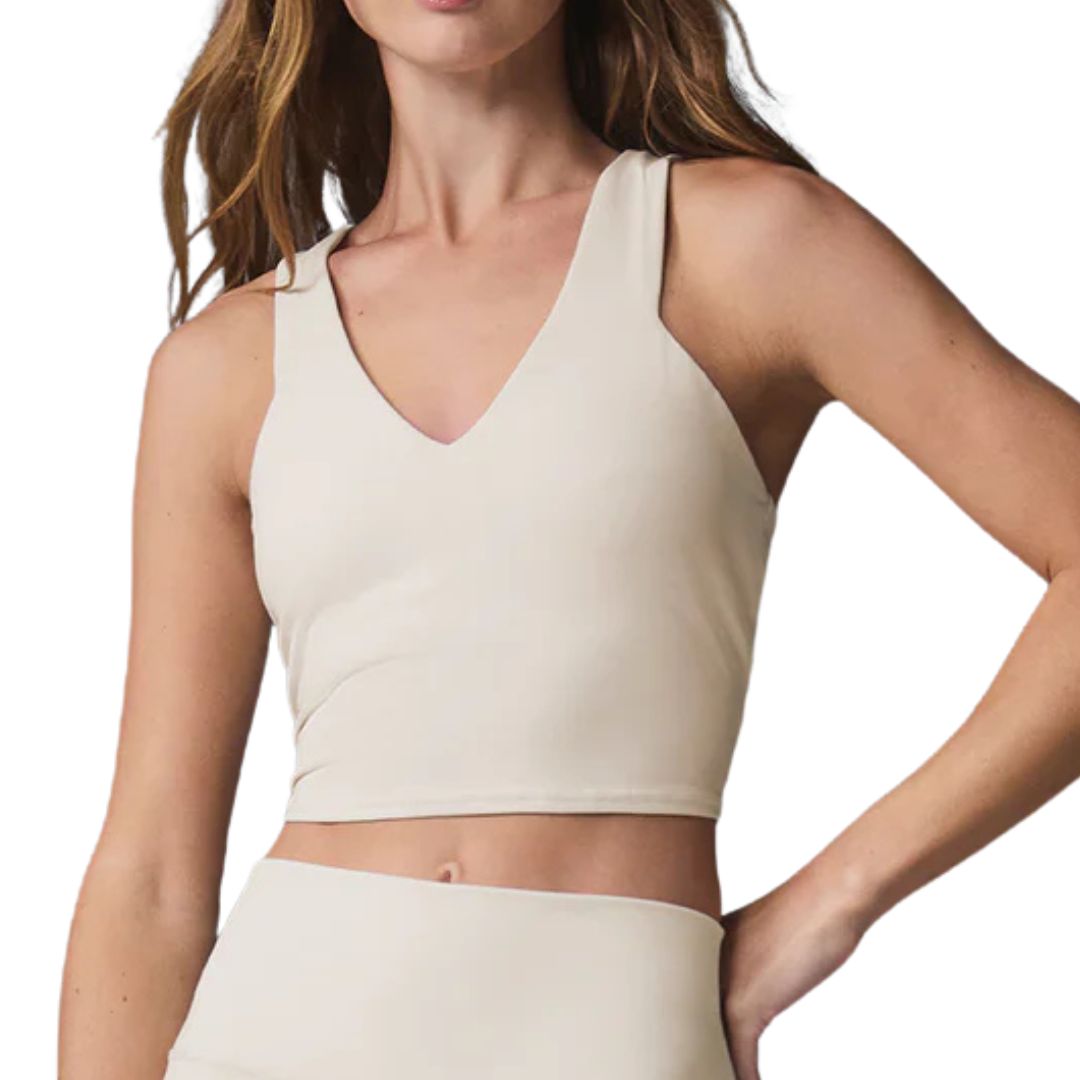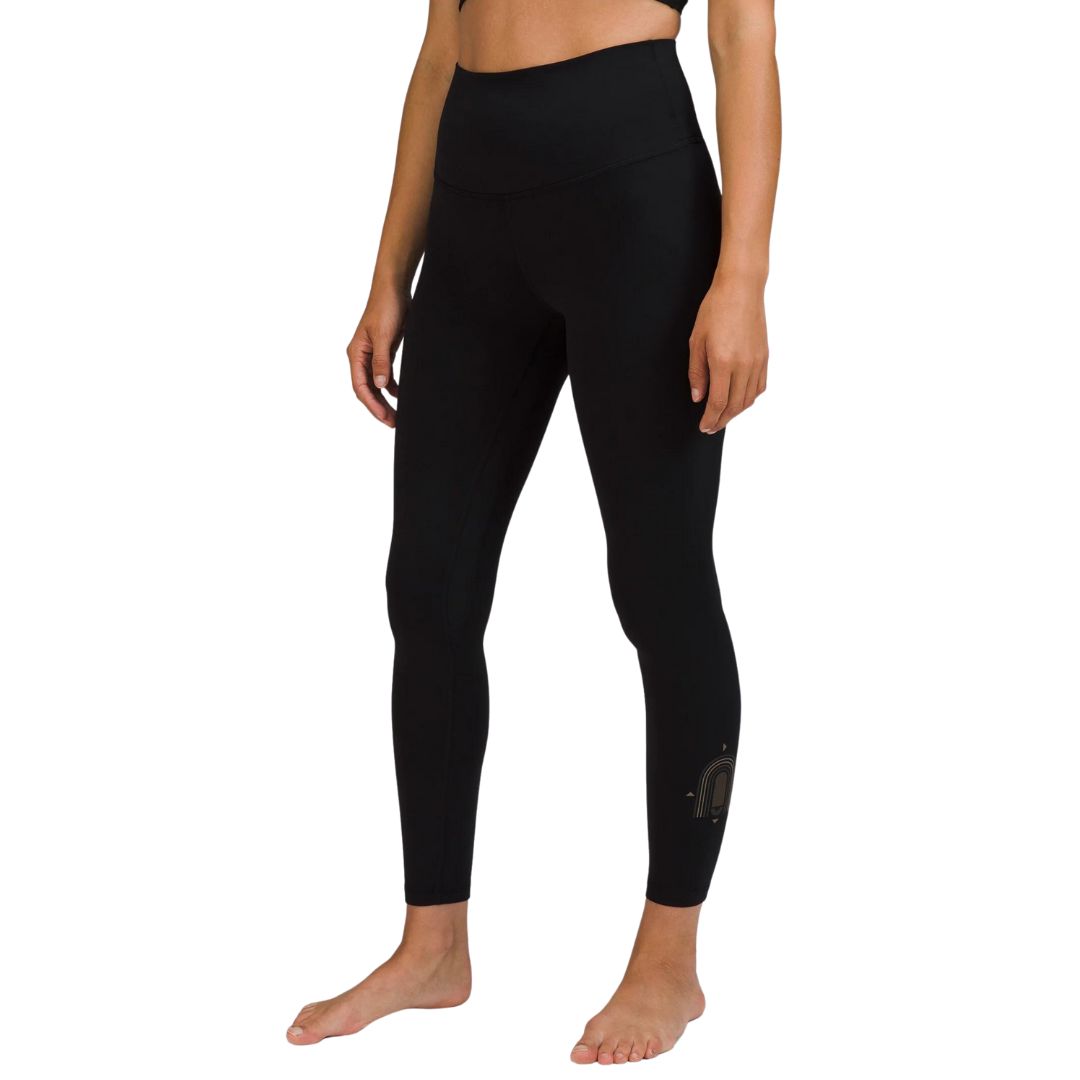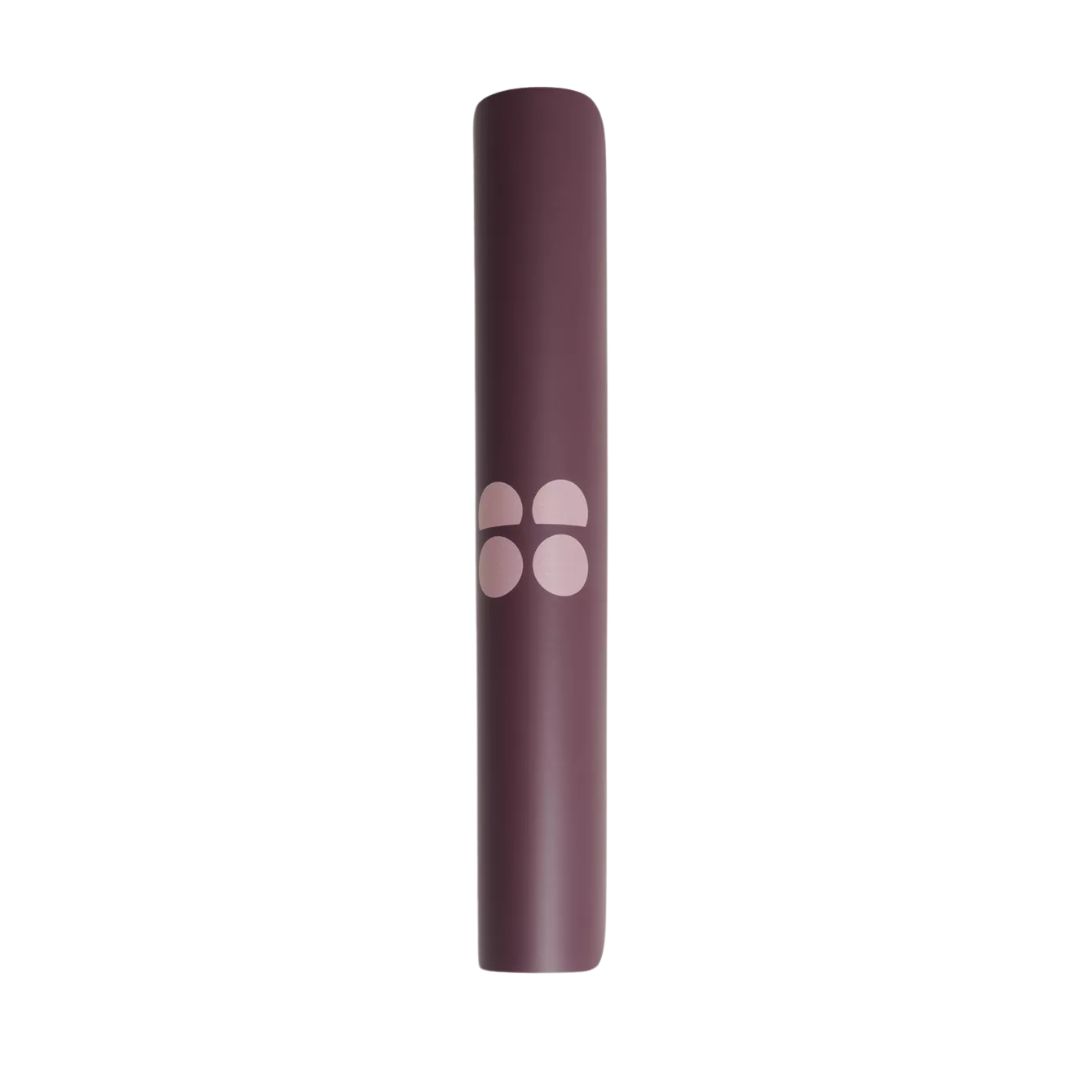Tired of boring core workouts? Transverse ab moves make fitness fun and build deep core strength - 5 to try
Engage those deep core muscles without a crunch in sight.


Whether you're a gym bunny, a Hyrox obessive or a devoted Pilates-goer (it's me, hi), the chances are that having a strong core is pretty high on your workout priority list. Whatever movement patterns float our boats, a stable (not to mention toned) core tops fitness wish-lists across the land, and with good, legitimate reason, too.
If you're a regular MC UK reader, you'll know that strong abs are about so much more than aesthetics. Your core muscles are vital for balance, posture, alignment and stability, as well as enhancing athletic performance and even helping to prevent lower back pain.
But if you've never given much thought to the individual core muscles before, we're here to help - because your core extends far beyond what you think of your abs. A quick anatomy refresher. Your core is comprised of a group of muscles running from the diaphragm at the top, right down to the pelvic floor at the bottom, wrapping around the spine.
In order to build a strong mid-section, you'll need to activate all of these muscles, aka your abdominal rectus or what you traditionally think of as your abs, the transverse abdominals, the obliques and the multifidus.
And the transverse abs (also called the TVA) are garnering some attention right now, with experts maintaining that working these deep core muscles may be key to better posture, improved spine health and more. Indeed, studies (such as this one, published in the Musculoskeletal Journal of Hospital for Special Surgery) show that activation of the transverse abs through specific exercises will reduce the risk of lower back pain and injury - something we're all increasingly prone to, given our relatively sedentary, desk-based lifestyles.
The transverse abs are also crucial for another basic bodily function: breathing. Studies show that strengthening the deep core muscles of the TVA enhances and increases respiratory function - fairly important stuff.
Luckily, training these muscles is relatively straightforward and simple to do at home - perfect for a cosy January workout. Not to mention, they're accessible and affordable too - what's not to love? It's no wonder they're having a moment.
Celebrity news, beauty, fashion advice, and fascinating features, delivered straight to your inbox!
Keep scrolling for everything you need to know about what the transverse abs are, how to recruit and strengthen them, and why they're important, but while you're here, you may want to check out our guides to the best core exercises for beginners, the best home core workouts in under 20 minutes, plus the best core exercises, here.
Transverse ab exercises promises to elevate your home workouts - 5 to try
What is a transverse ab move?
While our superficial abs and obliques get their fair share of attention, the transverse abdominals are often neglected, despite the fact that they're possibly the most crucial for posture and stability. But what exactly are they? "The transverse abdominals (TVA) are the deepest layer of the abdominal muscles, situated beneath the rectus abdominis (the six-pack) and the obliques," explains personal trainer Edwina Jenner. "They're often called the "corset muscle" because they wrap horizontally around your torso from your lower ribs to your pelvis."
As touched on above, the transverse abs are separate from the "six-pack" abs, which can sometimes be visible, but they're arguably more crucial for core function than their more defined counterparts, so just as vital to train.
"Thw TVA muscles support and stabilise the spine and pelvis," notes personal trainer at Bio Synergy UK, Jo Herman. "These muscles are key in maintaining core stability and play a crucial role in functional movements - they're engaged in virtually every movement requiring stability or balance in our everyday lives."
Quite important, then.
What are the benefits of transverse ab workouts?
Aside from their role in core stability discussed above, training our transverse abs has quite the catalogue of benefits.
"The transverse abs are vital for spinal stability and protecting your lower back during physical activities," explains personal trainer at Freeletics, Rowan Clift, "They form the foundation of a strong, functional core, which is essential for nearly all types of movement, from everyday activities like walking and sitting to more intense physical exercises. A weak transverse abdominis can contribute to poor posture, lower back pain, and reduced athletic performance."
And the benefits aren't limited to those of us who regularly exercise either - even if your idea of a workout is strolling from the sofa to the kitchen (and we totally endorse a little of this!), you might be surprised to learn how frequently we recruit our TVA muscles in everyday life.
The transverse abs play a key role in so many everyday activities, so strengthing them has quantifiable real-life benefits," agrees Herman. "For example, when lifting and carrying objects, they will be spporting the lower back and preventing strain. When we breathe, the TVA assists in exhalation during deep breaths. In all our functional movements, from bending down to standing up, the TVA ensures smooth, controlled motion and reduces our risk of spraions and strains - not to mention, they work with other muscles to maintain pelvic health, protecting and supporting our pelvic organs."
@workoutsbychristina strengthening your “corset” 🤝⏳transverse abdominal muscles can be used during basically any abs workout (literally making any abs workout a “deep core” workout) - u just need to learn how to activate them ❤️🔥
♬ Nightcrawler (Instrumental) - Mckyyy
Do transverse ab moves build muscle?
If you're working to tone and build muscle in a specific region, you're (sadly) likely to be disappointed. Building visible muscle is down to a complex interplay of genetics, lifestyle, diet and more. Plus, even if you have visible abs, it's your abdominal rectus muscles you're flaunting - the TVA are too deep to see, no matter how strong they are.
That said, it's totally possible to target the transverse abdominals with bodyweight exercises from home, and the experts agree that strong TVA muscles can work to draw in your waistline, contributing to a flatter, more toned appearance.
"Transverse ab exercises can build muscle, but not in the same way as traditional strength training," explains Herman. "The TVA is primarily an endurance muscle, so it doesn't hypertrophy (grow larger) significantly. Instead, it becomes stronger and more capable of maintaining tension for stabilisation. This results in functional strength and core definition rather than bulky muscle growth."
What is the best transverse ab move?
While there are a variety of simple moves you can do to activate and engage the deep core, the experts advise that there isn't really a single "best" move for everyone.
"The most effective exercise for you will always depend on your individual fitness level and goals," says Herman. "However, the plank is often considered one of the best transverse ab moves because it engages the TVA isometrically and promotes overall core stability."
Isometric moves such as planks and hollow body holds are largely considered to be the best way to target your abdominal muscles. They involve holding a static position, allowing your muscles to work hard while your body is still, as opposed to dynamic moves, which are more active.
5 transverse ab exercises to try from home today
1. Plank
What? Lying on your front, lift up onto your forearms and toes. Keep your back flat, shoulders aligned with elbows, and core tight. It might look simple, but a proper plank is tricky to hold for long!
Why? The humble plank is widely considered to be one of the best isometric moves for core strength. "Planks are the cornerstone TVA exercise as they force your transverse abs to engage and stabilise your spine," says Jenner. "Planks are also super versatile - there are many variations to up the challenge as you progress."
How long for? Herman recommends beginners start with a 20-second hold, working up to one minute as you get stronger.
2. Dead bug
What? A classic Pilates-style core strength move, the dead bug is the prone version of a bird dog. Lie on your back with your arms extended toward the ceiling and knees bent at 90 degrees. Slowly lower one arm and the opposite leg toward the floor while keeping your core engaged. Return to the starting position and repeat on the other side.
Why? "This exercise emphasizes core stability and coordination while preventing compensation from other muscle groups," says Herman. Remember to keep your back pressed against the floor throughout the movement to ensure proper engagement. Trust us - you'll feel the burn!
How long for? Aim for 10 reps on each side.
3. Pelvic tilt
What? If you've ever been to a Pilates class, the chances are you'll have started with some pelvic tilts, to isolate and engage the core. Lie on your back with your knees bent and feet flat on the floor. Flatten your lower back against the floor by tilting your pelvis upward and engaging your core.
Why? "Simple but effective, this move strengthens the TVA by teaching you how to "draw in" the abdominal muscles," notes Herman. "By emphasizing proper form and intentional engagement of the core, they target the TVA effectively and promote overall core health."
How long for? Hold for three to five seconds and release. Repeat up to five times.
4. Vacuum breathing
What? This move can be performed either standing up or on all fours, which can feel more comfortable. Once you're settled, draw your stomach inwards towards your spine, then try to breathe normally.
Why? Not only is this a great core move, but it's a mindful exercise too, helping to regulaqte stress levels and help you relax. "This breathing technique isolates your TVA by focusing on pulling your navel toward your spine during exhalations," says Jenner. "As such, it’s a great way to both strengthen your core and de-stress from the day."
How long for? Hold for around 10 seconds, before slowly exhaling. Repeat three to five times.
5. Side plank hip dip
What? Assume a standard side plank position, then 'dip' the bottom hip down and up again, without losing form.
Why? "Adding a hip dip to the side plank intensifies the engagement of your TVA and your obliques, too," says Jenner. "This move improves core strength and provides dynamic stability for your spine and pelvis; dynamic stability refers to the ability of your muscles, joints and core to maintain control and balance while moving."
How long for? Aim for five to 10 dips on each side.
Shop MC UK's go-to core strength essentials now:

Ok, so this is definitely an investment piece, but if you fancy twinning with the likes of Hailey Bieber, Bella Hadid and Shawn Mendes (and who doesn't, right?) then Alo Yoga is your go-to. This tank/bra combo is the best of both worlds, and will see you from class to coffee in style.
Are home core workouts effective for strengthening our transverse abs?
In a word, absolutely. "Strengthening your transverse abs doesn’t require expensive gym equipment, and the moves are generally easy to get the hang of - perfect for a home workout," says Clift. "Simple bodyweight exercises, such as planks, dead bugs, bird dogs, and abdominal hollowing(drawing in your belly button towards your spine), are highly effective, and they're straightforward enough to incorporate into your daily routine for noticeable improvements in core strength and stability."

Anna Bartter is a freelance journalist who writes about health, fitness and women's lifestyle for publications including Stylist, Metro and Psychologies, among others.
She's always on a quest to find a variety of fun and functional workouts that give you the most bang for your workout buck and she's passionate about championing movement for everyone's mental and physical wellbeing.






